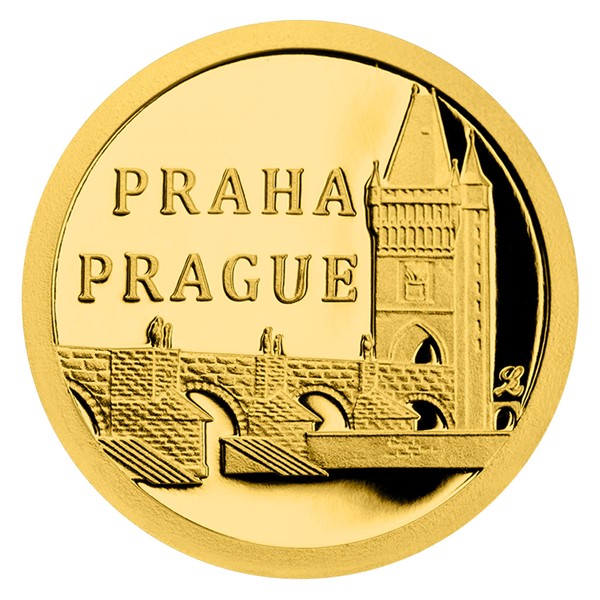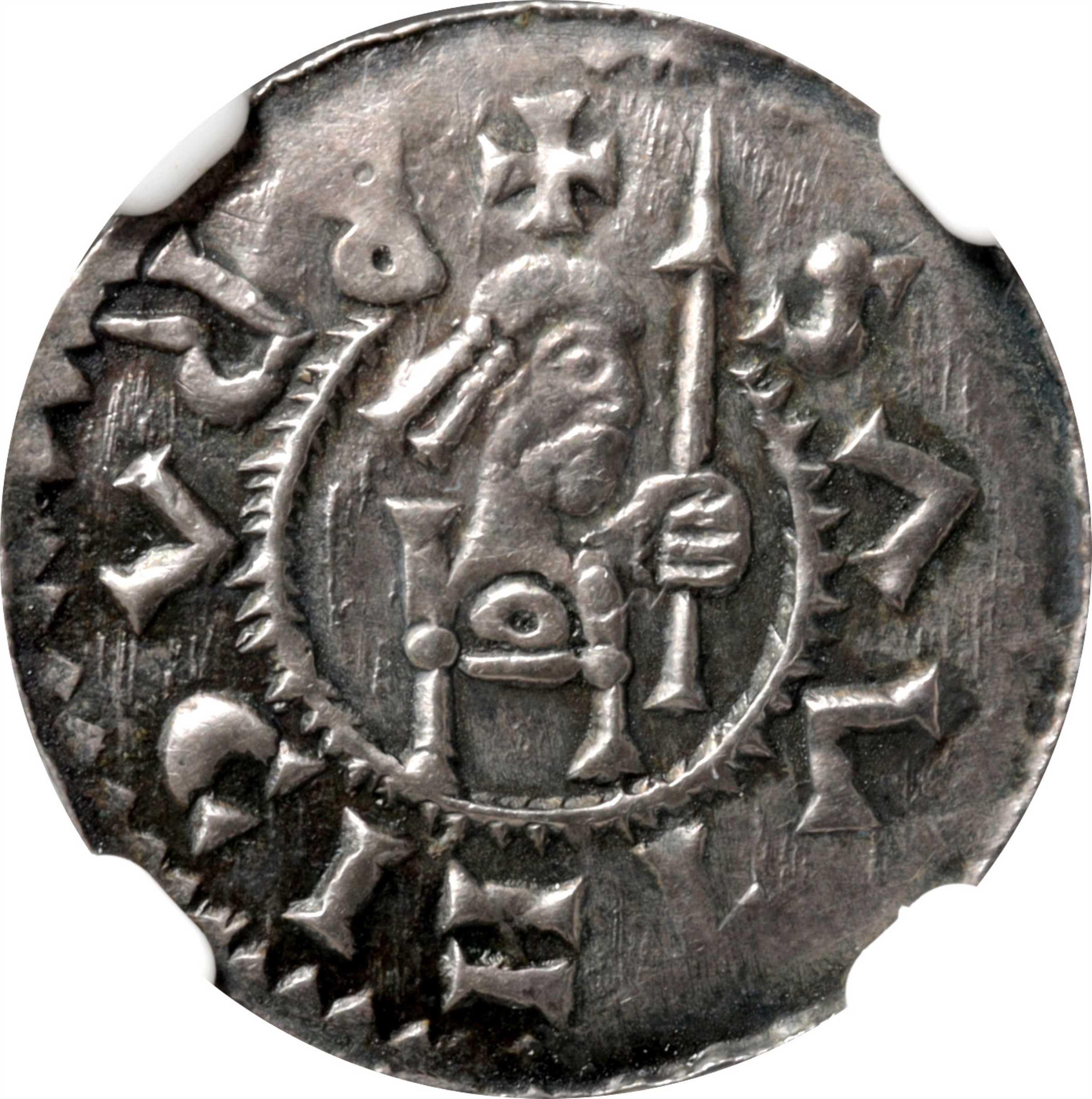This involves scanning a plaster maquette to produce a 3D digital model of gold coins or medals. The equipment used is specially designed to record the specifics and dimensions of the physical model in digital format. This digital replica is utilized in a variety of ways throughout the production.
3D Scanning3D Scanning - High-resolution scanners are used to capture the dimensions and details of a model made from plaster. The scanners employ various techniques such as laser scanning and structured light to capture precise dimensions and geometrical forms.
The scanner emits beams of lasers or light to the models' surface. The scanner records the reflections and distortions. This information is then used to create models.
Data Collection. When the scanner is moving across the surface it captures numerous information points. The result is a digital image of the model's shape, contours, or details.
Conversion to 3D Model: The data points are then reconstructed using special software. This model reproduces the physical characteristics and measurements of a plaster maquette.
The reasons to create the Digital 3D Model
Precision and Replication- Digital 3D models allow for precise replication of the physical model's details and dimensions. This ensures that the finished gold coins and medals will exactly match the original design.
Allowing Modifications- Digital models can be easily refined or modified. Designers can modify the 3D model without changing the initial plaster model permitting iterative improvement or corrections.
Compatible with Manufacturing ProcessesCompatibility with Manufacturing Processes Digital 3D models are compatible with a variety of manufacturing techniques, such as 3D printing or CNC machine which makes it easier to create molds and dies for mass production.
Digital 3D models and archives for documentation Digital models are preserved as records of the design. You can save them digitally for reference in the future, for reproductions, or as a way to record the history of the design.
Through scanning a plaster model and creating a precise digital 3D replica, manufacturers and designers are able reduce production time, increase accuracy, and utilize advanced manufacturing technologies to produce gold-plated coins and medals with accuracy. Check out the most popular Scanning and 3D Modeling Prague Mint gold coins website recommendations. including gold angel coin, bullion dealers near me, ngc grading, sd bullion gold, gold medal gymnasts, 1 10 gold eagle, sd bullion gold, silver nickel, 1oz gold price today, cost of 1 oz of gold and more.

How Does Laser Technology Work To Polish The Gold Surface Medal Die?
Laser technology is employed to make master hubs, or dies, for gold medals or coins to achieve precise details and to refine the surface to improve accuracy. This is the way laser technology is utilized in this process Surface Refinement
Laser technology can be utilized to improve the surface after initial cutting. It assists in smoothing out flaws, removing burrs, or correcting small imperfections in the surface.
Detail Enhancement-
Laser ablation, or laser engraving techniques, are employed to add or enhance complex aspects of the hub master and die. Lasers can precisely etch or remove material to create precise lines patterns, textures, or intricate patterns that might be difficult to create using conventional machining.
Microstructuring-
Laser microstructuring involves the process of creating micro-sized textures or features on the die surface. This technique allows for the creation of patterns or textures which can improve the appearance as well as security features on the medals and coins.
Treatment and Surface Hardening
Lasers are sometimes used to treat or strengthen the surface of dies, or a master hub. This procedure improves durability and wear resistance, which ensures longevity in the process of striking.
Precision Modifications
Laser technology permits precise adjustments or corrections to be made on the master hub or die without altering the overall geometry. It allows for surface modifications, which can address any imperfections or discrepancies that might affect the quality of struck metal or coins.
Controlled Material Removal-
Laser ablation can be used to provide controlled removal of material, particularly in areas where intricate particulars must be outlined or modified. It is a non-contact material removal technique that protects the integrity of the surrounding areas.
Laser technology utilized for the improvement of surface and enhancement of details on dies or masters hubs will result in greater precision, greater detail and a better quality surface. This technology is a complement to conventional machining techniques, allowing precise control and enhancements on the surface properties of the dies that are essential for creating high-quality gold awards or coins. Have a look at the most popular laser processing Czechoslovakia gold medals site tips. including gold biscuit buy, purchasing gold bars, double eagles, 20 dollar gold coin, gold bullion coins, double eagle coin, price of gold 1 oz today, 1 4 ounce gold coin, gold eagle coin price, double eagle coin and more.
What Coating Processes Are Used To Safeguard The Gold Of Medals And Coins?
There are numerous reasons gold medals and coins can be coated. These include protection, aesthetic enhancement or to achieve certain effects. Here are different coating processes used Protective Coatingsto
Clear Protective Coating (Varies)- A clear protective coating, such as lacquer, or a polymer that is specially designed, may be applied to shield the surface from corrosion, oxidation, or scratches. This coating protects and preserves the original appearance of the coin or medal.
Enhancement Appearance
Gold plating or Gilding - A thin layer of gold is applied to gold medals or coins. This gives a beautiful appearance to the piece or medal.
Aesthetic Effects
Antique or Patina finishes- Chemical treatments or coatings that are specialized are used to create the appearance of an antique or patina finish. The process is designed to artificially age the surface, creating an aged or oxidized appearance which adds dimension and character to the design.
Coloring or Colorization - Certain coins or medals are colored in specific areas using enamels, coatings or special coatings. These colors may be used to highlight particular features or to make a contrast.
Anti-Tarnish Coatings-
Anti-Tarnishing Solutions: These coatings are applied to coins or medals with intricate designs or areas that are susceptible for tarnishing. The coatings stop oxidation and discoloration of metal surfaces as time passes.
Specialized Coatings for Security or authentication-
UV-Reactive Coatings and luminescent Coatings Certain coins or medals have coatings which contain UV reactive, which can reveal the hidden elements or encryptions used to ensure security or authentication.
Selective Coatings for Contrast-
Removal of Selective CoatingsIn certain instances, coatings are removed selectively from certain areas of the medal or coin in order to create contrast between coated and polished surfaces, and highlighting design elements.
Each process serves a distinct objective, be it to safeguard metals, enhance appearance, create specific aesthetic effects, and/or enhance security. These coatings are able to greatly enhance the look and durability of medals and coins created of gold, thereby increasing their worth and appeal for collectors. View the best coating Czechoslovakia gold coins blog tips. including british sovereign gold coin, gold medal gymnasts, sell gold coins, gold and silver shops near me, 1 oz gold coin price today, gold silver shops near me, gold coins for sale, gold eagle price, angel coin, golden and silver and more.

What Is The Process By Which Gold Medals And Coins Undergo Quality Control To Ensure They Meet The Specifications??
Gold medals and coins are inspected for quality control tests after minting to make sure they adhere to specifications, are exact, and have a good surface. These checks involve a number of stages. Visual Inspection
The inspectors scrutinize the coin or medal visually for flaws in the surface or imperfections, as well as blemishes. They look for marks, scratches or marks that may alter the value of a coin or its appearance.
Dimensions and weight
The weight and dimensions of every coin or medal are checked to make sure they meet the specifications for the design. Any deviations could signal an issue with the quality.
Metal Purity and Composition
The quality checks are carried out by using various testing methods like X-ray fluorescence analysis (XRF) or chemical analysis. This ensures they meet the minimum gold content as well as quality standards.
Edge Inspection-
The inspectors examine the edges of medals and coins to make sure they are uniform, look for anomalies (if they are present) and reeding. Edges can be used to add security elements or designs.
Strike Quality
The strike's quality such as the sharpness and clarity of the design's details, relief, as well as the overall appearance, are evaluated to ensure consistency across all pieces of minted artifacts.
The Proofing Errors, Minting Mistakes
Special editions and proof coins are subject to a thorough inspection in order to detect any flaws, errors or discrepancies which could affect their value as collectibles.
Packaging and Presentation
The quality check extends to display and packaging, as well. It ensures that the coins are properly encapsulated and stored in holders or cases.
Random and Sampling Checks
Random sampling or random checks are conducted on the batches to ensure that quality standards are consistently maintained throughout the whole minting process.
Documentation and Compliance
Every quality test is documented for compliance with regulation requirements, minting standards, and certification requirements. These documents serve as proof of the authenticity of the coin and its quality.
Reject Non-Conforming Items
The high quality of coins and medals is ensured by rejecting or reprocessing any that do not meet the requirements of these standards.
The mints and the certification bodies make sure that the gold coins or medals they make meet all of the necessary standards of authenticity, purity, appearance and value. This assures collectors, investors, and consumers that these products are authentic and of the highest standards. Take a look at the best Prague Mint gold medal quality control blog info. including 5 cent piece, gold medal of olympic, 1 4 oz gold coin, gold coin gold, 5 dollar gold coin, gold quarter 2000, gold quarter, gold penny, gold silver shops near me, cheerios sacagawea dollar and more.
